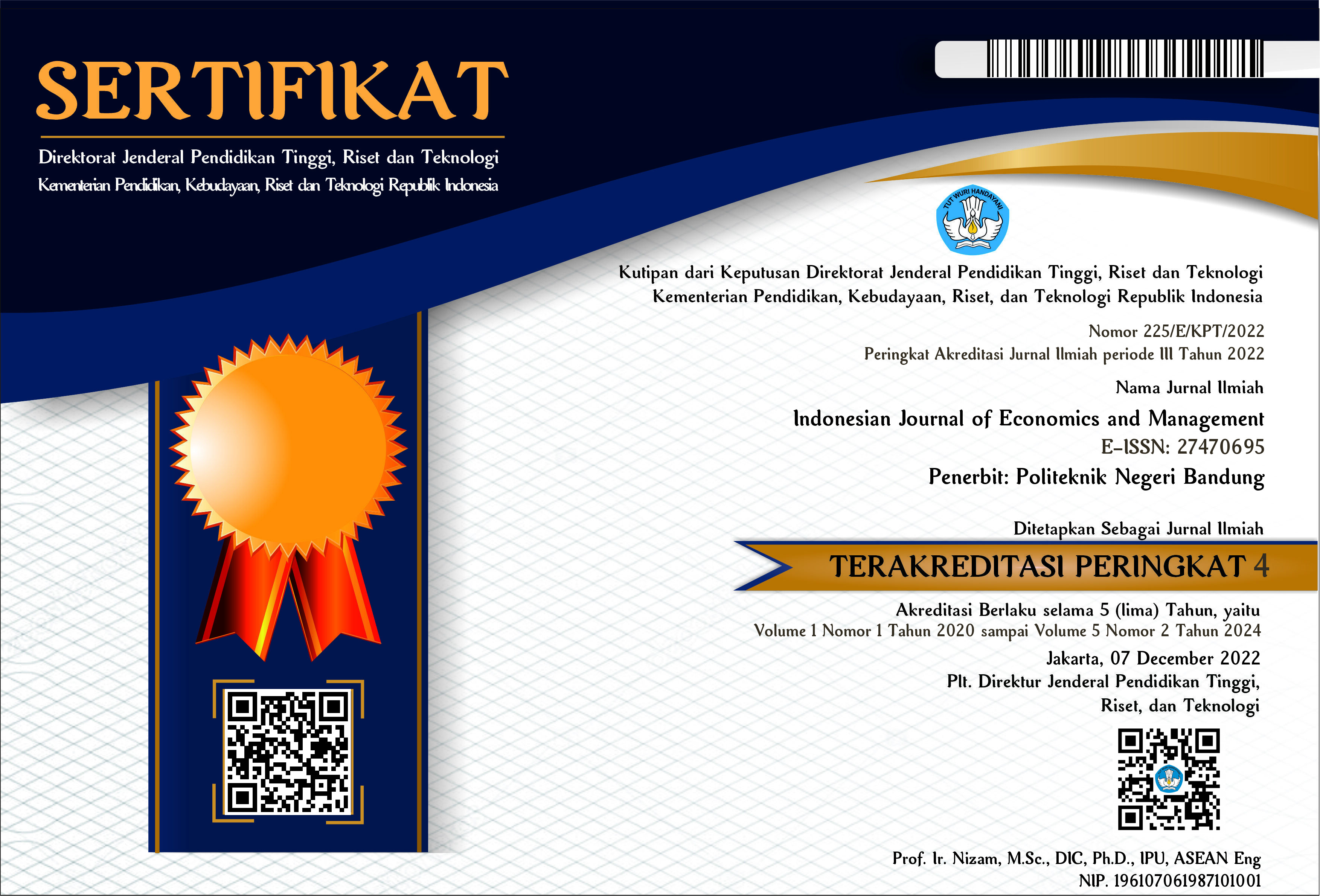SWOT Analysis in the Marketing Strategy for Easy Wadiah Savings Products at Bank Syariah Indonesia, Sub-Branch Office of Buah Batu 2 Bandung
Abstract
The background to the increase in the Easy Wadiah Saving Product is marketing the product to the public through a marketing strategy. However, before determining the marketing strategy, the bank must analyze the advantages and disadvantages of its products, one of the analyzes is called a SWOT analysis (Strengths, Weaknesses, Opportunities, Threats). This study aims to determine the SWOT analysis (Strengths, Weaknesses, Opportunities, Threats) in the marketing strategy of Easy Wadiah Saving at Bank Syariah Indonesia Sub Branch Office 2 Buah Batu Bandung. The type of research used is descriptive quantitative, with easy wadiah savings as the research object. Primary data collection techniques through observation, interviews, literature study, and documentation. The results show that the main factor for the lack of optimal marketing of easy wadiah savings was that no special section regulates the marketing of saving products, especially easy wadiah savings. There are two points in the assessment of the Strengths aspect. Aspect Weaknesses (weaknesses) there is one point. Opportunity aspect (opportunity) there are two points. There is one point in the Threats aspect. Aspects of the concept of marketing strategy there are three points.



